Recently, when we needed to make the mast for our Nutshell Pram, I was excited to use a spar gauge to mark the spruce for tapering and rounding. While the mast is small, I was not excited about hand-planing the larger sections during the tapering process. To make this job less onerous, I enlisted the help of DeWalt’s 20V MAX XR Brushless Cordless Planer, which transformed the tapering from a chore into a fun day.My first impression was that the tool’s weight and size would allow me to make the precise cuts on the mast in an efficient, controlled manner. The mast was marked for tapers on two opposing sides, and the planer made short work of removing material. I started out on the lowest depth adjustment, 1/256″ (0.01mm), which is one step up from a zero cut. I could barely notice the cut at this setting (which would be good for final finishing on broad surfaces like thwarts), so I deepened the cut to 1/64″, which is a setting I like on my table-top thickness planer. At this depth, a satisfying amount of material was removed with each pass and I was able to work multiple short cuts on the more tapered end of the mast, gradually blending the short cuts into longer cuts that flowed along the entire 5′ taper. At first, I planed close to the line and finished the final taper with a hand plane, but after a few minutes of using the DCP580, I was comfortable with planing to the line. After I cut the mast’s four tapers with the planer there was still enough battery power to finish the eight-siding and cleaning off the high corners between the eight faces. The milled aluminum sole has a groove for chamfering and a kickstand so the tool can be set down with the blades elevated. The kickstand pivots out of the way when the planer is pushed forward; it can also be locked in the up position.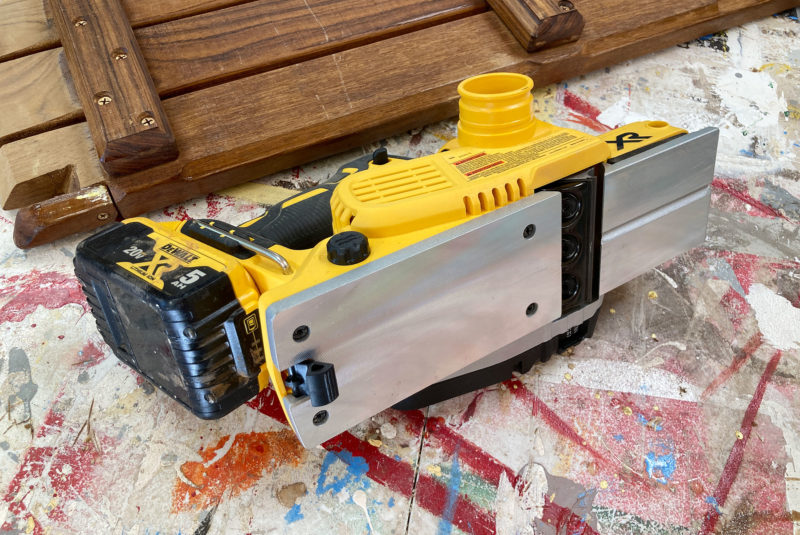 Photographs by the authors
Photographs by the authors
Join The Conversation
We welcome your comments about this article. To include a photo with your remarks, click Choose File below the Comment box.


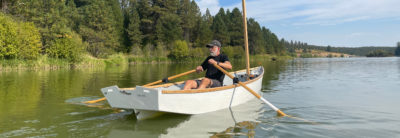



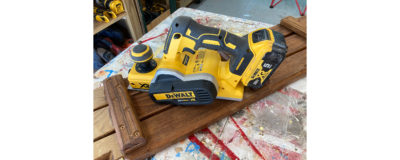
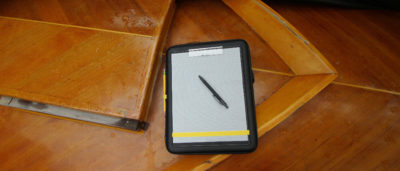
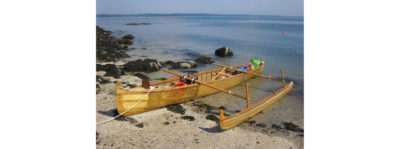
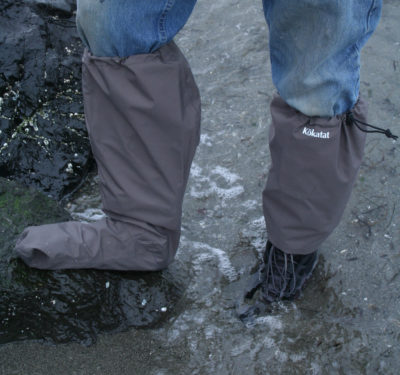
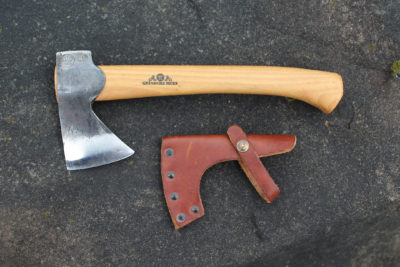
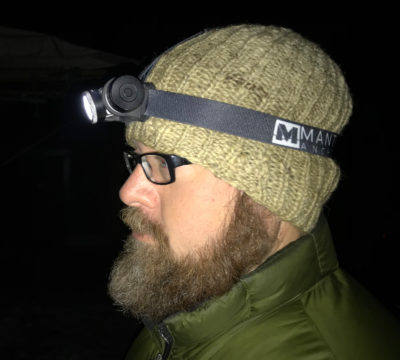
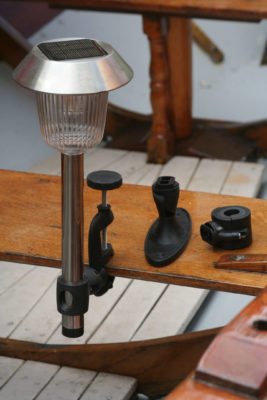
I’ve used both power planers and hand planes to make spars, including a birdsmouth mast 24 feet long, and have concluded that a good human-powered plane is both more useful and more satisfying to use. It isn’t difficult—you’re planing soft Sitka spruce or Douglas-fir, and you’ve kept the blade very sharp (I hope), so it doesn’t require a lot of muscle. The big advantage is in refinement: You can take very small shavings and feel the mast shape coming progressively closer to the ideal with your hand. (The hand is more useful than the eye here.) The chance of making a Big Mistake is low. And I don’t mean to sound mystical, but there really is something beautifully rewarding in the tactile connection between hand and wood. A planer’s motor masks that connection, while a good hand plane transmits it as if there were hardly any mechanical intervention at all.
For the record, I use a classic Stanley #4 jack plane ( 60-70 years old; it actually says MADE IN USA on it) and a larger Lie-Nielsen #5 for spars. A block plane stands by for dealing with the smallest bumps and ridges.
I’m certainly not opposed to power tools; I probably use them for 90 percent of the operations in building boats. But I enjoy the special occasions where I think the hand tools do a better job, and making spars is one of them.
Larry,
I agree. I heard somewhere, that “planing is happy work,” not always easy, but happy just the same.
Surprisingly, I was still able to feel small ridges when rounding a spar and could hear a small difference in the blades for the high and low areas. For me, not being tethered by a cord improved the feel, and we agree that a good sharp hand plane is also a lot of fun.
I have found one big advantage of a good electric plane is that I don’t always have to be as careful of the grain in the wood. When I’m trying to meet a deadline and have both rising and falling grain in the wood, it’s a pleasure to just focus on the job and not worry I’ll catch.